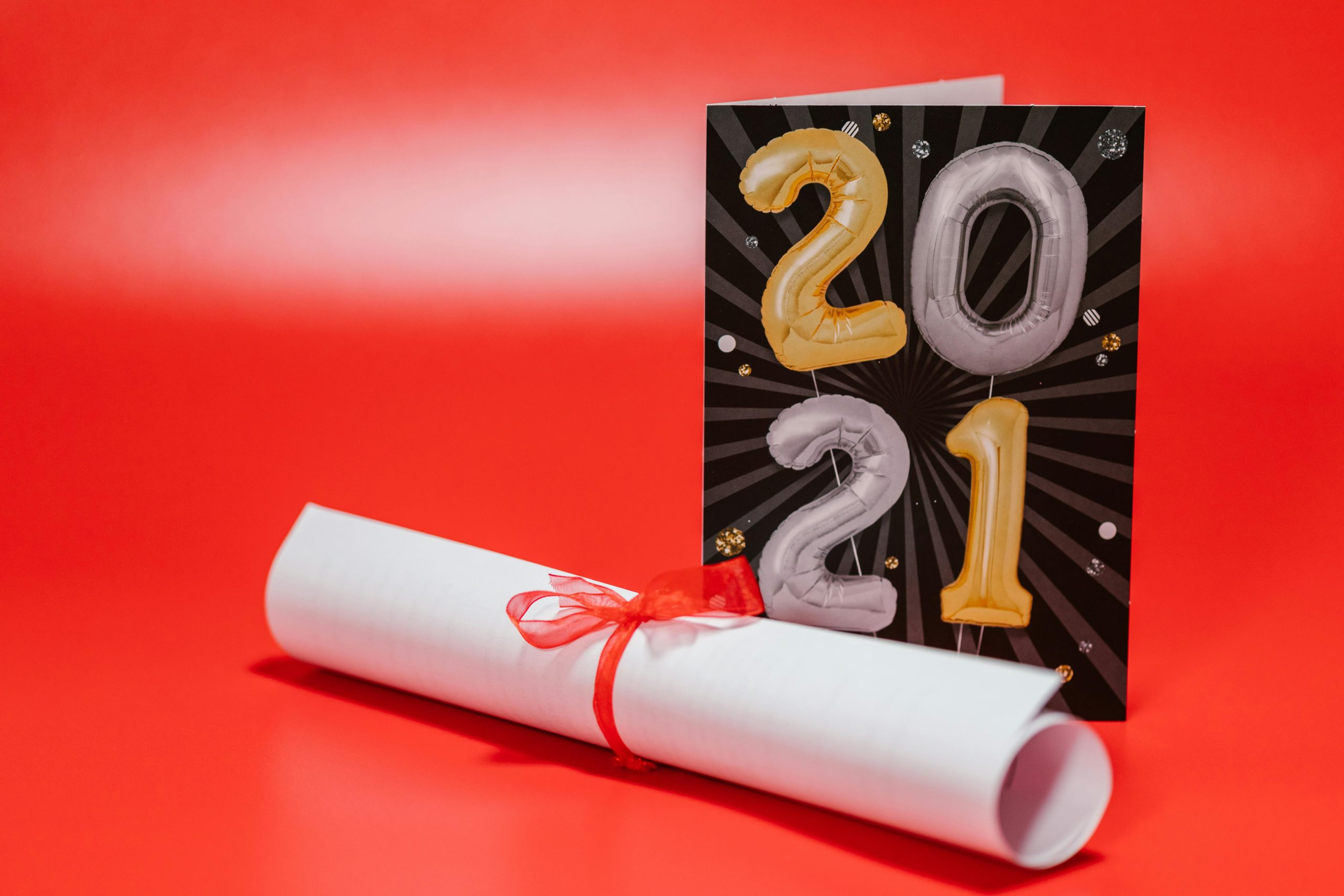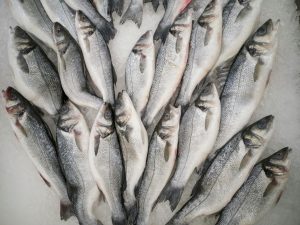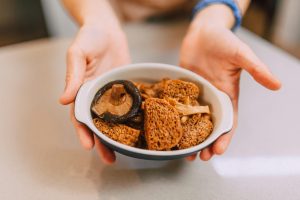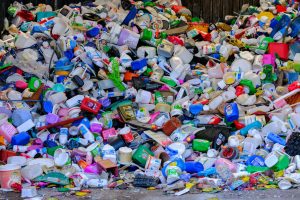The Future of Food Storage: Vacuum Sealing and Preservation
In today’s fast-paced world, convenience and efficiency are always at the forefront of our minds. This is especially true when it comes to our food and how we store and preserve it. With the rise of food waste and concerns about the environment, the future of food storage is shifting towards more sustainable and efficient methods. Vacuum sealing and preservation is one such method that is gaining popularity and is set to revolutionize the way we store food. In this article, we will explore the future of food storage and the role vacuum sealing and preservation will play in it.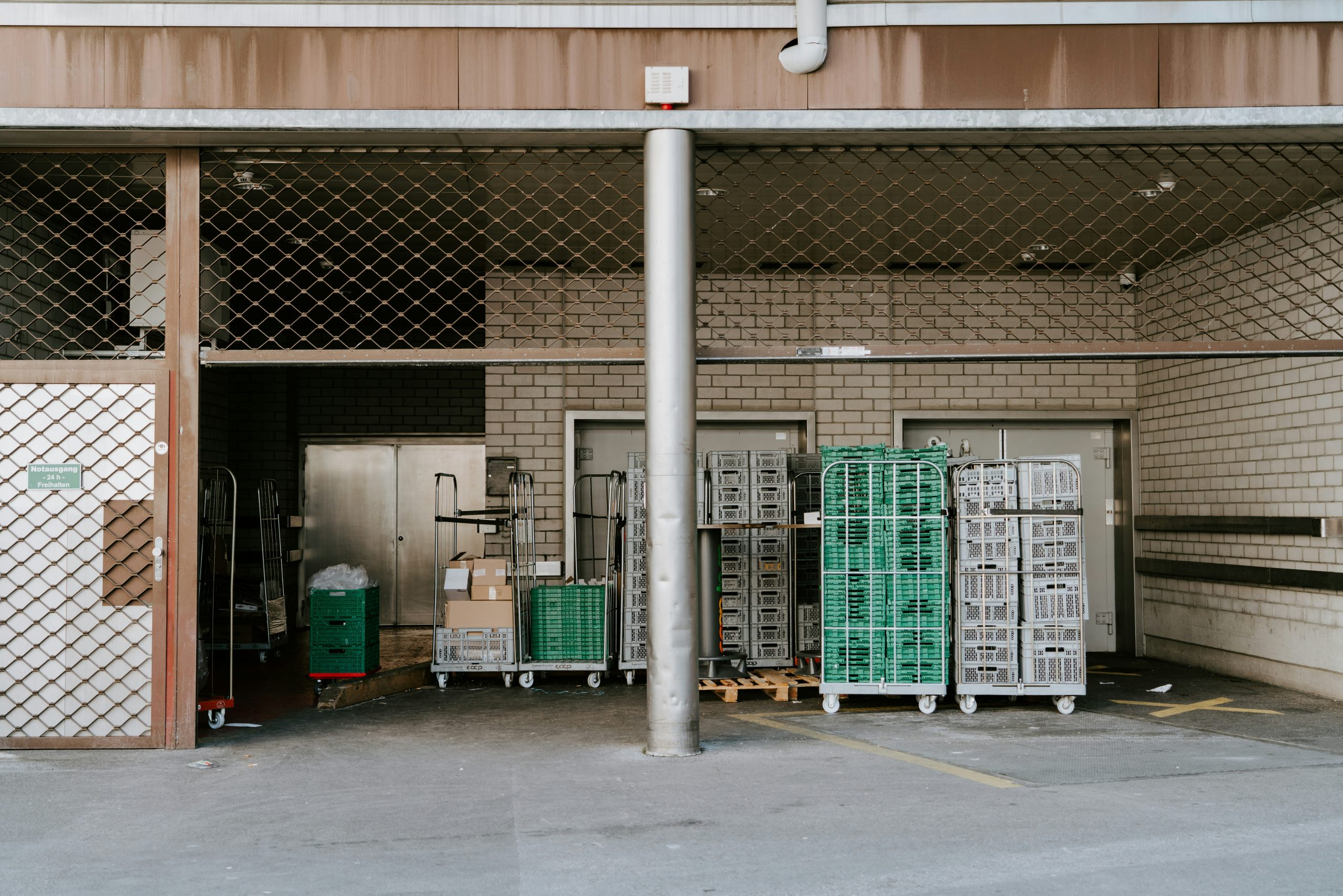
The Evolution of Food Storage
Food storage has come a long way in the last few decades. Gone are the days of traditional methods such as canning, freezing, and dehydrating. While these methods are still used today, they are not as efficient or sustainable as vacuum sealing and preservation. Vacuum sealing involves removing the air from the packaging before sealing it, preventing the growth of harmful bacteria and extending the shelf life of the food. Preservation, on the other hand, involves using natural methods such as salt, sugar, and vinegar to prevent bacteria growth and preserve food for longer periods.
The Advantages of Vacuum Sealing and Preservation
One of the main advantages of vacuum sealing and preservation is its ability to extend the shelf life of food. By removing the air from the packaging, the growth of bacteria and mold is significantly reduced, keeping food fresh for longer periods. This not only reduces food waste but also saves money in the long run. Another advantage is the prevention of freezer burn, which can affect the taste and quality of frozen food. Vacuum sealing also helps to retain the nutrients and flavor of the food, making it a healthier option.
The Impact on Food Waste
It is estimated that one-third of all food produced in the world goes to waste. This not only has economic implications but also has a negative impact on the environment. The use of vacuum sealing and preservation can significantly reduce food waste by extending the shelf life of food. This is particularly beneficial for perishable items such as fruits and vegetables, which tend to spoil quickly. By preserving these foods, we can reduce the amount of food that ends up in landfills and have a positive impact on the environment.
Sustainability and Efficiency
Vacuum sealing and preservation are also more sustainable and efficient methods of food storage. Traditional methods such as canning and freezing often involve the use of excess packaging, which can be harmful to the environment. Vacuum sealing, on the other hand, uses minimal packaging, and the bags used can be reused multiple times. Additionally, the compact size of vacuum-sealed food allows for more efficient use of storage space, making it a convenient option for those with small kitchens or limited storage space.
The Future is Here
As we look into the future, it is clear that vacuum sealing and preservation will play a significant role in the way we store and preserve our food. With its numerous advantages, it is no surprise that more and more households are turning to these methods for their food storage needs. Additionally, as technology advances, we can expect to see even more advanced vacuum sealing and preservation techniques that will further improve the efficiency and sustainability of this method.
In Conclusion
In conclusion, the future of food storage is shifting towards more sustainable and efficient methods, with vacuum sealing and preservation leading the way. Not only does this method extend the shelf life of food, but it also helps to reduce food waste, preserve nutrients and flavor, and promote sustainability. As we continue to embrace this method, we can look forward to a more efficient and eco-friendly approach to food storage.

